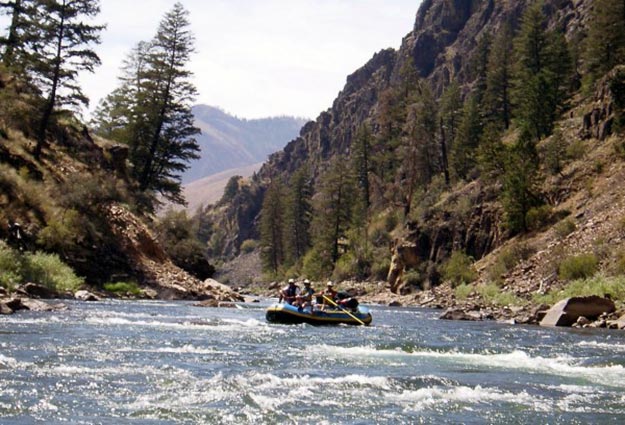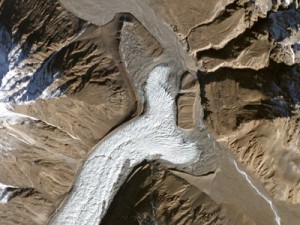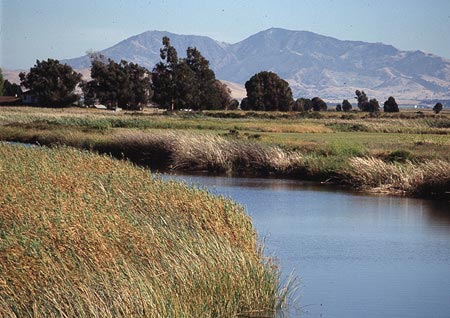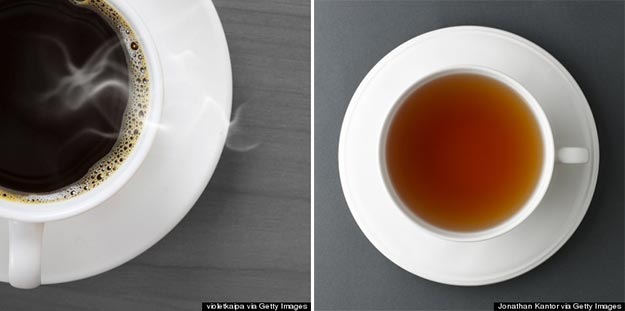Most of us have been taught since childhood to be careful in our use of water. We’ve been encouraged to take shorter showers, not let the water faucet run while brushing our teeth or shaving, or to install water-efficient plumbing fixtures such as low-flow toilets in our homes to conserve water.
Each of these water-saving measures is important, and practicing them should be part of everyone’s water conservation ethic. Each of these actions will reduce the volume of water that must be withdrawn from natural habitats such as rivers, lakes, and aquifers, leaving more water to support fish and other aquatic life. Water conservation can help cities avoid water shortages, or enable a city’s population to expand without having to further deplete freshwater sources. By using less water we are also using less energy, because it takes a lot of electricity to pump water from a water source, purify it for our use, distribute it to our homes and businesses, and clean it again after we’ve used it. Read more






